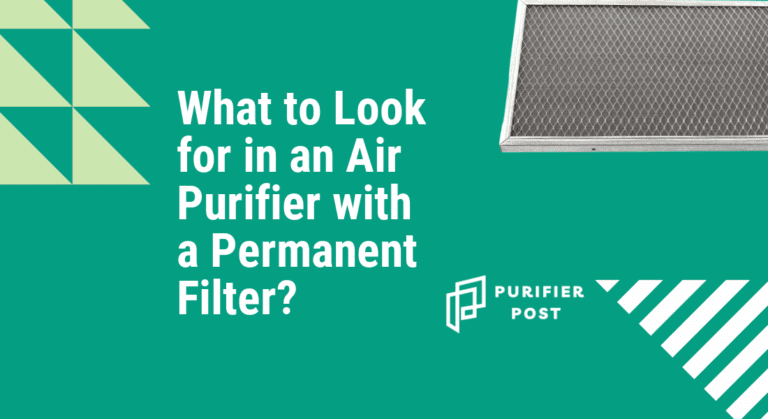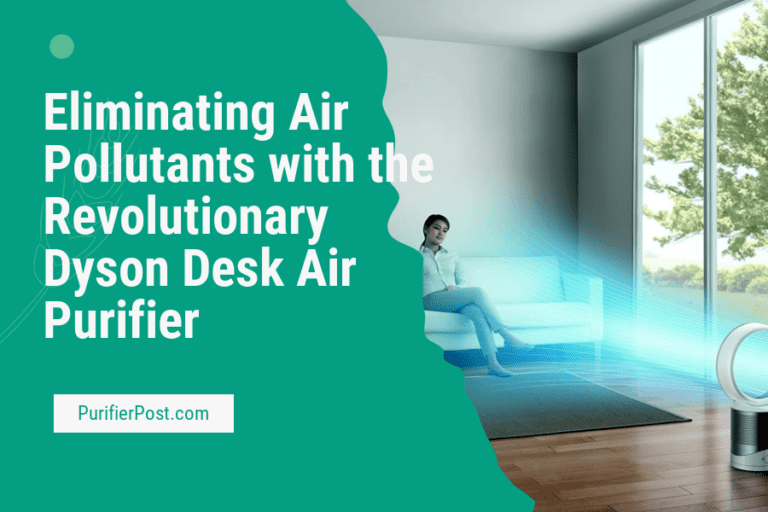Effective Ways to Eliminate Cat Dander: A Professional Guide
Cats are wonderful companions, but for those who suffer from allergies, the presence of cat dander can be a real problem. Cat dander is composed of tiny particles that shed off your furry friend’s skin and fur, and it can trigger allergic reactions in susceptible individuals. As a pet owner, you want to ensure that both you and your feline friend can coexist comfortably without compromising anyone’s health.
The good news is there are effective ways to eliminate cat dander from your home environment with professional guidance. In this article, we’ll explore some practical techniques on how to reduce or even eradicate cat dander so you can create an allergy-free refuge for all occupants of your household without sacrificing the joys of owning a lovely kitty!
Understanding the Causes of Cat Dander
To effectively manage cat dander, it’s essential to understand its underlying causes. Shedding is a common characteristic of all cats, regardless of breed or hair length. However, certain factors can exacerbate the amount of dander produced. Cats that are poorly groomed or have skin conditions tend to produce more dander than those that receive regular grooming and care. In addition, airborne particulates like dust and pollen can adhere to the hairs on your cat’s coat and spread throughout your home.
Another factor worth considering when addressing cat dander is the role played by an individual’s immune system in triggering allergic reactions. When a person with allergies comes into contact with cat allergens like saliva or urine proteins found in litter boxes, their immune system perceives these particles as harmful invaders and tries to protect against them by releasing histamines. This process leads to classic symptoms such as itching eyes, stuffy nose, and coughing.
Effective management techniques for controlling cat dander focus on reducing exposure through regular cleaning routines designed specifically for managing pet-related allergen levels within living spaces. Understandably this kind of treatment has led many people with allergies who love animals missing out on owning pets entirely though steps such as wet dusting surfaces regularly; using HEPA air purifiers; keeping pets off furniture (or designating specific areas); wearing a mask while cleaning litter trays can prove beneficial for both humans and feline companions’ health alike – leading the way towards greater coexistence despite any pesky allergic reactions!

Choosing the Right Products for Dander Control
When it comes to choosing products for dander control, it’s important to consider both the type of product and its efficacy. There are a range of products designed to combat cat dander, including air purifiers, HEPA filters, and special shampoos. A reputable pet store or veterinarian should be able to recommend effective options for your needs.
In addition to choosing the right products, there are other strategies that can help reduce cat dander in your home. Regular cleaning is essential — vacuuming carpets and upholstery frequently can remove accumulated dander particles before they cause problems. Additionally, keeping your cat well-groomed with regular baths will minimize shedding and keep their skin healthy. Finally, if you experience persistent allergy symptoms despite these efforts, consult an allergist for further treatment options. With careful attention and proper management techniques in place – such as frequent grooming coupled with high-quality filtration systems – you can enjoy the company of your beloved feline without suffering from allergies.
Maintaining a Clean and Healthy Home Environment
Maintaining a clean and healthy home environment is crucial to promoting the overall well-being of your family. It involves implementing effective cleaning routines and practices that can help reduce the spread of germs and bacteria, allergens, pet dander, dust mites, and other pollutants that may pose health risks to you or your loved ones.
To maintain a clean and healthy home environment, it’s essential to start with regular cleaning procedures such as sweeping or vacuuming floors and surfaces, dusting all areas thoroughly, washing beddings regularly in hot water, opening windows for fresh air circulation. Additionally ensuring proper ventilation throughout the house can be beneficial as it reduces moisture content hence reducing mold growth
It’s important always work towards minimizing clutter since this eliminates hiding places for pests like rodents which contribute towards promoting unclean environments. As much as possible opting for organic products while practicing hygiene should also be considered those components will go a long way towards creating an atmosphere conducive for maintaining good health while indoors.

Grooming Your Cat for Reduced Dander
For cat owners looking to reduce dander, grooming is a crucial step. Regular brushing will remove loose fur and skin cells that contribute to dander buildup in your home. Cats should be brushed at least twice a week with a high-quality brush or comb designed for cats. Bathing can also help significantly by washing away excess oils from the cat’s coat that hold onto allergens.
It’s important to note that some cats may not enjoy being bathed or groomed, so introducing these practices gradually can make the process smoother for both you and your furry friend. Additionally, using specialized wipes or sprays made for reducing pet dander on furniture and surfaces where cats spend most of their time can further decrease airborne irritants caused by scaly skin flakes shed along your cat’s movements inside the house. By implementing proper grooming habits and seeking advice from professionals when necessary, you can coexist comfortably with your feline companion without sacrificing anyone’s health.”
Managing Your Allergies with Medication and Treatment
Managing your allergies with medication and treatment is essential to live a healthy life. Allergies caused by cat dander, pollen, dust mites, or any other allergen can be truly debilitating. The treatment plan recommended by an allergist may include over-the-counter antihistamines, decongestants, nasal sprays, and eye drops to alleviate symptoms such as sneezing, runny nose or itchy eyes. Prescription-only medications like corticosteroids are also used when the allergy symptoms become severe.
It’s crucial to remember that avoiding exposure to the allergen triggering your symptoms is the most effective way of managing your allergies. Regularly washing bed linen and vacuuming corners where pet hair accumulates can help reduce allergic reactions in people who suffer from cat dander allergies. If these measures are not enough to control adverse effects on health entirely, immunotherapy options like allergy shots or sublingual tablets could provide relief for some individuals suffering from severe allergies. A personalized approach with expert guidance will keep you fewer respiratory distress episodes throughout your daily activities while improving overall quality of life.
Creating a Cat-Friendly Allergy-Free Zone
For cat owners with allergies, creating a cat-friendly allergy-free zone can be a game-changer. One of the most effective ways to reduce the amount of cat dander in your home is to keep your feline friend groomed properly and regularly. Brushing your cat’s coat and bathing them can help prevent loose fur from becoming airborne and ultimately settle on surfaces throughout your home. Additionally, choosing specific areas where your pet is allowed to roam freely – preferably ones that are easy to clean – can go a long way in keeping stray hairs under control.
Proper ventilation is also important when it comes to reducing allergens circulating through the air. High-efficiency particulate air (HEPA) filters placed in rooms frequented by both you and your furry companion can significantly reduce dander levels while providing better overall indoor air quality. By following these practical yet straightforward tips for maintaining an allergy-free environment for all members of the family, owner, and pets alike can enjoy each other’s company without fear of discomfort or health complications associated with high levels of human sensitivity. Allergies shouldn’t stop anyone from enjoying their beloved pets’ companionship; creating an allergy-free environment ensures that everyone stays happy and healthy!
Seeking Professional Help for Severe Allergies
Living with severe allergies can be a daunting and miserable experience. Allergic reactions can range from mild irritation to life-threatening situations, such as anaphylaxis. It’s crucial to seek medical attention if you or someone you know experience consistent allergy symptoms that affect your daily activities. Consulting with an allergy specialist or immunologist is the best way to identify the root cause of your allergies and develop a personalized treatment plan.
In addition to seeking professional help, there are several practical measures one can take at home to minimize allergen exposure, especially for those suffering from cat dander allergies. For instance, implementing dust mite covers on bedding and furniture, regularly vacuuming floors and carpets with high-efficiency filters, removing excess clutter around the house, using air cleaners or purifiers in rooms commonly occupied by pets may provide relief from allergens’ effects.
Overall, recognizing the severity of one’s condition early enough and consulting professionals in managing it is essential in maintaining good health while living with allergies. Implementation of practical measures at home also goes a long way toward reducing allergen exposure levels and ensuring everyone’s comfortable coexistence – whether human or furry friend!







2 Comments